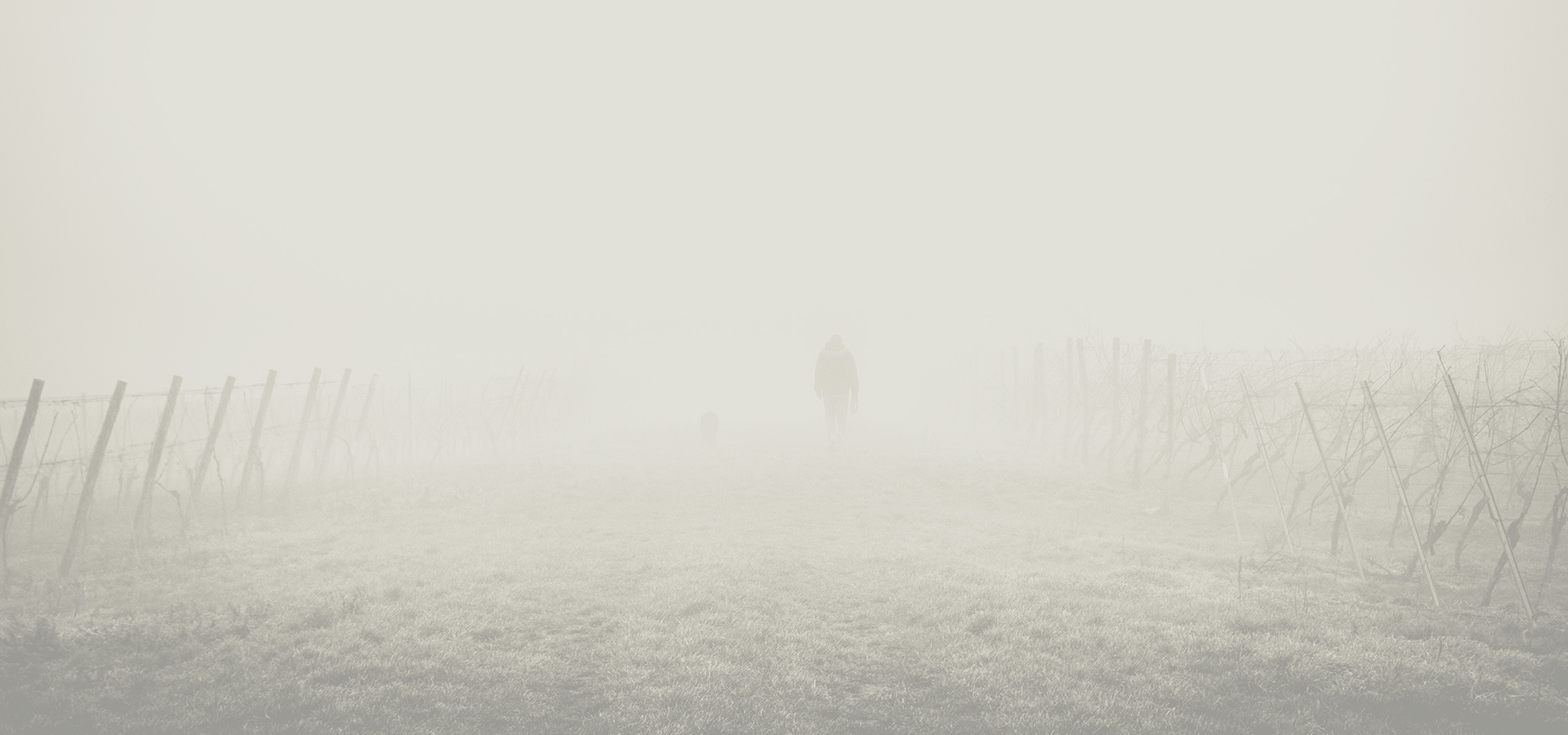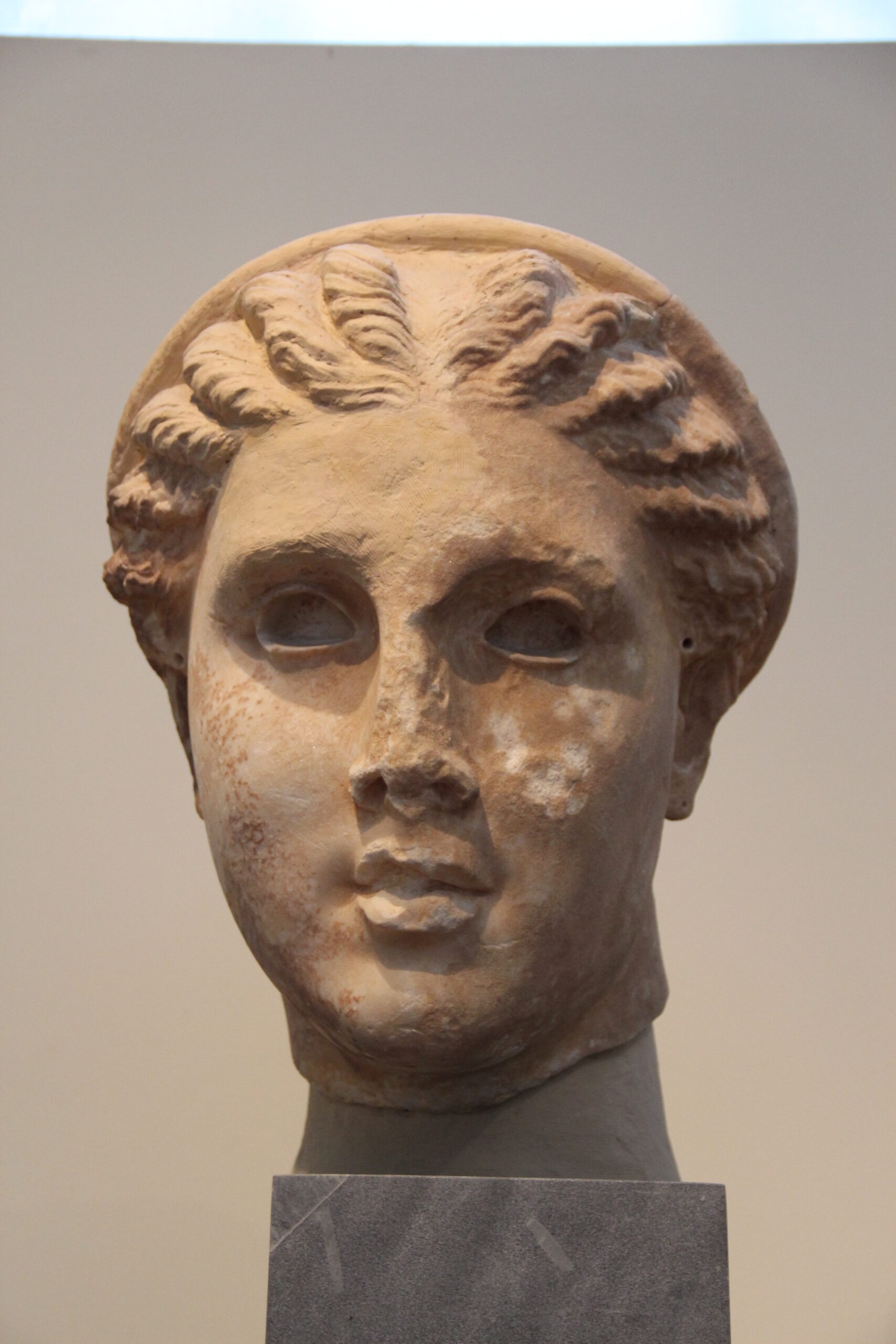Lorem ipsum dolor sit amet, consectetur adipiscing elit. Morbi eu nulla vehicula, sagittis tortor id, fermentum nunc. Donec gravida mi a condimentum rutrum. Praesent aliquet pellentesque nisi.


This paper is concerned with the evolution of the goddess Artemis in Ancient Greek religion from prehistoric till late historic times. In the related studies, still there is no certainty as to the beginning of worship of Artemis in Ancient Greece and her original concept. Moreover, Artemis appearance in the early historic period with the features of the prehistoric Mountain-Mother-Goddess, the Mistress of Animals, the goddess of lakes, the goddess of trees, the goddess of birth and child-care, on the one hand, and as a virgin-huntress who presented rudimentary traits of bear-goddess and deer- goddess, on the other, raises questions whether Artemis originally had all these hypostases or acquired them gradually through assimilation with different goddesses. This paper argues that the concept of Artemis as attested during the historic period was the result of its long development, which consisted of two major phases. Originally, Artemis was a goddess of wild animals and herself was imagined as a bear and a doe. Perhaps, from the beginning, she was regarded as a guardian of sacred rules and a punisher for inappropriate religious behavior. Gradually, Artemis was identified with the old universal goddess of nature and received from her connection with mountain-tops and lakes, responsibility for plant growth and fertility in general, obligation to protect childbirth, etc.. In this paper, the evolution of the concept of Artemis is traced on the basis of her cults practiced in Arcadia, one of a few areas of Ancient Greece where ethno-cultural continuity remained unbroken from prehistoric to late historic times.